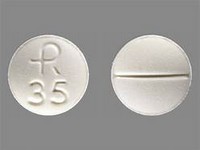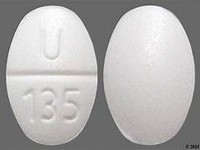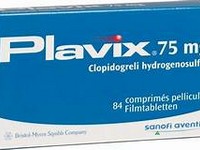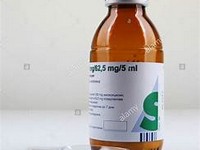Mitoxantrone
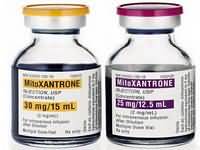
CLINICAL USE
Metastatic breast cancerNon-Hodgkin’s lymphomaAdult acute non-lymphocytic leukaemiaDOSE IN NORMAL RENAL FUNCTION
Metastatic breast cancer, non-Hodgkin’s lymphoma and hepatoma: 14 mg/m2 every 21 days (12 mg/m2 or less if inadequate bone marrow reserves)Adult acute non-lymphocytic leukaemia: 12 mg/m2 for 5 consecutive daysOr according to local protocolPHARMACOKINETICS
DOSE IN RENAL IMPAIRMENT
GFR (mL/MIN)
DOSE IN PATIENTS UNDERGOING RENAL REPLACEMENT THERAPIES
IMPORTANT DRUG INTERACTIONS
Potentially hazardous interactions with other drugsOther antineoplastic agents: enhanced myelosuppression – when used in combination reduce mitoxantrone dose by 2–4 mg/m2Cardiotoxic drugs: increased risk of cardiac toxicityADMINISTRATION
Reconstition
–Route
IV infusion
Rate of Administration
At least 3 minutesComments
Dilute to at least 50 mL in sodium chloride 0.9%, glucose 5% or sodium chloride 0.18% and glucose 4%OTHER INFORMATION
Has been administered intraperitoneally at a dose of 28–38 mg/m2 every 3–4 weeks although some people advise a maximum dose of only 30 mg/m2 per month with a dwell time of 1–4 hours. (Alberts DS, Surwit EA, Peng YM, et al. Phase I clinical and pharmacokinetic study of mitoxantrone given to patients by intraperitoneal administration. Cancer Res. 1988, Oct 15; 48(20): 5874–7)Extensive metabolism in the liver. Excretion is predominantly via the bile and faeces. 5–10% of dose is excreted in the urine within 5 days.
See how to identify renal failure stages according to GFR calculation
See how to diagnose irreversible renal disease
Home

